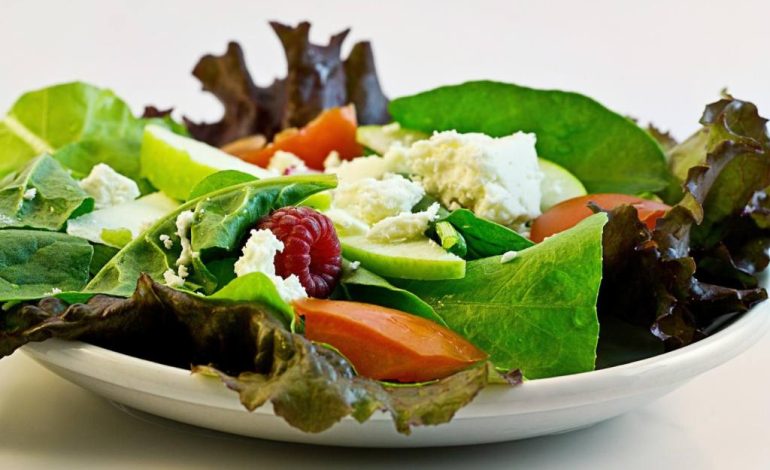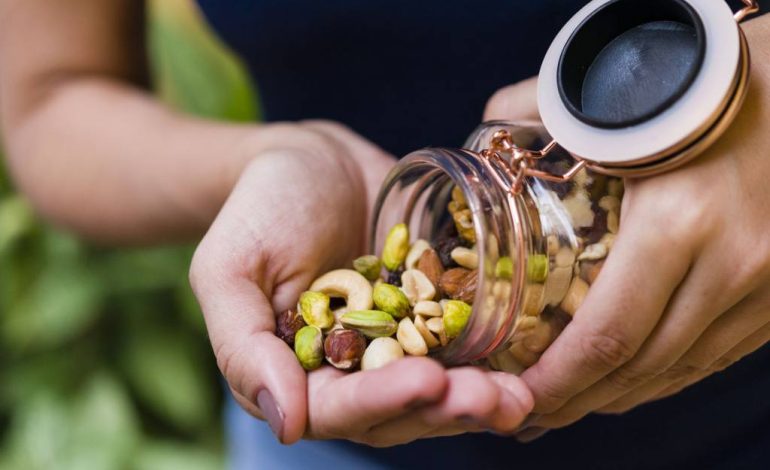Exploring Popular Diet Trends: Keto, Paleo, and Beyond

In the ever-evolving world of nutrition and health, diet trends often capture the public’s imagination with promises of quick results and transformative benefits. Among these, the Keto and Paleo diets have garnered significant attention. Each offers a unique approach to eating, claiming various health benefits. Additionally, there are other emerging diets worth exploring. This guide delves into these popular diet trends, examining their principles, benefits, and potential drawbacks to help you navigate the complex landscape of modern nutrition.
The Keto Diet: A Low-Carb Revolution
The Ketogenic diet, commonly known as Keto, is a low-carb, high-fat diet designed to shift the body into a state of ketosis. In ketosis, the body burns fat for energy instead of carbohydrates. This shift is achieved by dramatically reducing carbohydrate intake and increasing fat consumption.
Principles and Benefits
Keto emphasizes high-fat foods such as avocados, nuts, seeds, and fatty cuts of meat, while drastically limiting carbs found in bread, pasta, and most fruits. The primary benefit touted by proponents is rapid weight loss due to increased fat burning. Additionally, some studies suggest that the Keto diet may help manage conditions like epilepsy, type 2 diabetes, and certain neurological disorders.
Potential Drawbacks
Despite its benefits, the Keto diet can be challenging to maintain long-term. It may lead to nutrient deficiencies if not carefully managed, as it restricts many fruits, vegetables, and grains. Common side effects include the “Keto flu,” characterized by fatigue, headaches, and digestive issues during the initial phase of the diet.
The Paleo Diet: Eating Like Our Ancestors
The Paleo diet, or “caveman diet,” is based on the idea of eating like our pre-agricultural ancestors. It emphasizes whole foods that would have been available to early humans, excluding processed foods and refined sugars.
Principles and Benefits
The Paleo diet focuses on consuming lean meats, fish, fruits, vegetables, nuts, and seeds. It avoids dairy, grains, legumes, and processed foods. Advocates argue that this diet reduces inflammation, improves energy levels, and supports weight loss by focusing on nutrient-dense, unprocessed foods. Some studies suggest benefits such as improved blood sugar control and reduced risk of chronic diseases.

Potential Drawbacks
Challenges with the Paleo diet include its restrictive nature, which can make it difficult to follow consistently. It excludes entire food groups, such as dairy and whole grains, which can lead to nutritional gaps. Additionally, some critics argue that the diet’s claims are not always supported by scientific evidence.
Intermittent Fasting: Timing Matters
Intermittent fasting (IF) is less about what you eat and more about when you eat. It involves cycling between periods of eating and fasting. Various methods exist, including the 16/8 method (16 hours of fasting and an 8-hour eating window) and the 5:2 method (eating normally for five days and restricting calories on two non-consecutive days).
Principles and Benefits
The core idea behind intermittent fasting is to allow the body to switch from burning glucose to burning fat, potentially leading to weight loss and improved metabolic health. Benefits may include improved insulin sensitivity, enhanced fat loss, and better mental clarity. Studies also suggest that intermittent fasting might support cellular repair processes and extend lifespan.
Potential Drawbacks
Intermittent fasting can be challenging for some individuals, particularly those with busy schedules or specific medical conditions. It may lead to overeating during eating windows or cause fatigue if not managed properly. As with any diet, it’s essential to approach intermittent fasting with balanced nutrition to avoid deficiencies.
The Mediterranean Diet: A Balanced Approach
The Mediterranean diet emphasizes a balanced approach to eating, inspired by the traditional dietary patterns of countries bordering the Mediterranean Sea. It is rich in fruits, vegetables, whole grains, nuts, seeds, and olive oil, with moderate consumption of fish and poultry.
Principles and Benefits
This diet promotes a healthy balance of macronutrients and emphasizes the consumption of heart-healthy fats from sources like olive oil. Benefits include improved cardiovascular health, weight management, and reduced risk of chronic diseases. The Mediterranean diet is also associated with better longevity and cognitive health.
Potential Drawbacks
The Mediterranean diet is generally considered well-balanced, but it can be costly due to the emphasis on fresh, high-quality foods. Additionally, individuals used to more restrictive or specific diets may find it challenging to transition to a more moderate eating style.
Conclusion
Navigating the world of diet trends requires careful consideration of your personal health goals, preferences, and lifestyle. The Keto and Paleo diets offer specific approaches with potential benefits and drawbacks, while intermittent fasting and the Mediterranean diet provide alternative methods to achieve overall health and wellness. Each diet has its principles, benefits, and potential drawbacks, making it essential to choose one that aligns with your individual needs and long-term health objectives.







